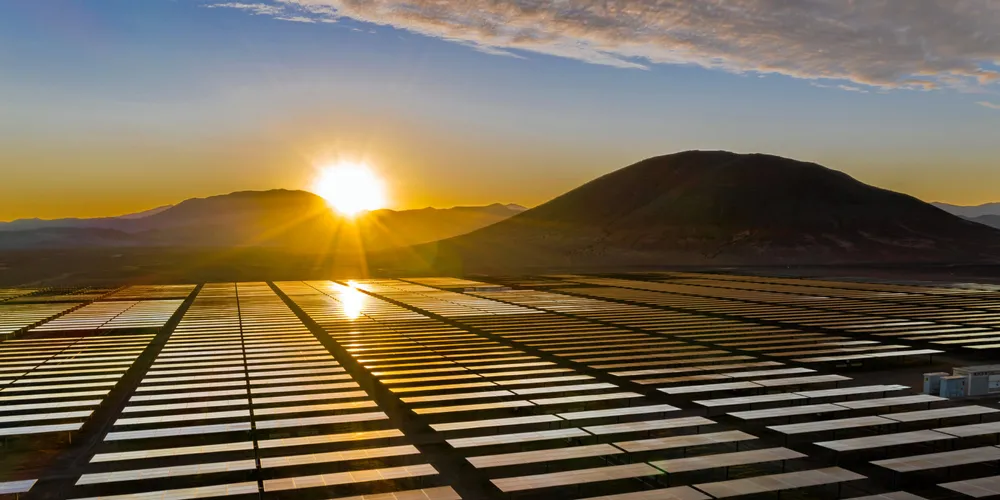US solar build tumbles in Q3 on supply issues as market awaits 2023 return to growth: SEIA
Ongoing supply chain constraints and US trade law enforcement actions combine to sap utility-scale activity, the industry's biggest segment

Ongoing supply chain constraints and US trade law enforcement actions combine to sap utility-scale activity, the industry's biggest segment
